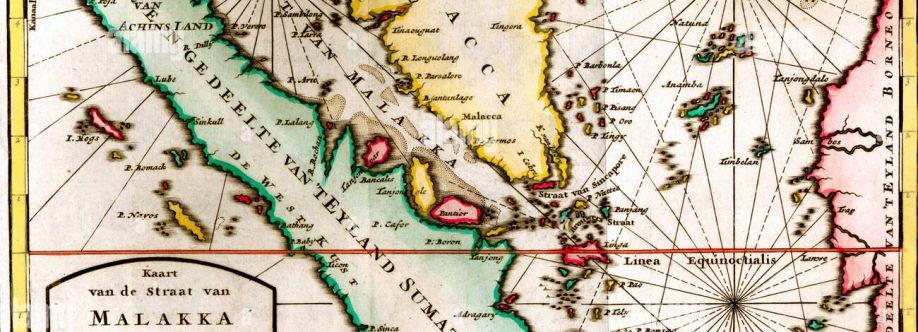Certainly! Here are some popular URLs related to remote sensing and image analysis, which are commonly visited by users interested in satellite imagery and data analysis:
1. Earth Observing System Data and Information System (EOSDIS) - https://earthdata.nasa.gov/
2. European Space Agency (ESA) - https://www.esa.int/
3. United States Geological Survey (USGS) Earth Explorer - https://earthexplorer.usgs.gov/
4. Landsat - https://www.landsat.gov/
5. Sentinel Hub - https://www.sentinel-hub.com/
6. DigitalGlobe - https://www.digitalglobe.com/
7. Planet - https://www.planet.com/
8. Maxar Technologies - https://www.maxar.com/
9. Google Earth Engine - https://earthengine.google.com/
10. Remote Sensing and GIS Resources - http://www.gisresources.com/
These websites provide a wealth of information, resources, and tools for remote sensing, satellite imagery, and image analysis. Whether you are a remote sensing professional, a researcher, or someone interested in exploring the Earth from above, these URLs offer valuable insights and access to a vast array of remote sensing data and analysis capabilities.


Here are some popular GIS (Geographic Information System) and mapping URLs that are commonly visited by users interested in spatial data and mapping:
1. ArcGIS Online - https://www.arcgis.com
2. Google Maps - https://www.google.com/maps
3. OpenStreetMap - https://www.openstreetmap.org
4. Mapbox - https://www.mapbox.com
5. Esri - https://www.esri.com
6. QGIS - https://www.qgis.org
7. Carto - https://www.carto.com
8. Bing Maps - https://www.bing.com/maps
9. GeoServer - http://geoserver.org
10. MapQuest - https://www.mapquest.com
These websites provide a range of GIS and mapping services, including interactive maps, geospatial analysis, data visualization, and more. Whether you are a GIS professional, a researcher, or simply interested in exploring maps, these URLs offer valuable resources for working with spatial data and discovering geographic information.
Absolutely, importing drone-generated KML files into ArcGIS Pro is a breeze with just a few clicks:
- Open ArcGIS Pro and start a new 2D map project. Under the Insert tab, find the 'Add Data' button.
- Navigate to where your KML file is stored on your machine. Select the file and click 'Add'.
- ArcGIS Pro will instantly recognize it as a geospatial data type and load the layer into your map with all features styled as specified in the KML.
- To view the loaded content, you may need to zoom to layer or zoom to full extent using the geography toolbar buttons.
From here, you can take full advantage of ArcGIS Pro's analysis tools to measure distances/areas on imagery, create maps for reporting, or overlay drone data with other GIS layers. KML files also retain hyperlinks back to original imagery.
Some key points: make sure KML files contain coordinate systems info for accurate placement. You can also consider packaging related KMLs into a KMZ "zip" file prior to importing for one-click management in Pro.
Let me know if you need help with any specific drone mapping workflows after ingestion! ArcGIS Pro is a powerful platform for getting full value from your UAV data assets.
The most common GIS programs for working with KML files from drone mapping projects are:
- ArcGIS Pro/ArcMap - Esri's suite fully supports importing KML/KMZ into map projects. Users can create map packages with drone layers to publish/share. [Learn more here.](https://desktop.arcgis.com/en/....arcmap/latest/manage
- QGIS - This open-source GIS rival to ArcGIS handles KML beautifully. Just add the layer and it loads with styling intact. Great for non-commercial use cases. [Documentation here.](https://docs.qgis.org/3.16/en/....docs/user_manual/wor
- Google Earth/Maps - As the originating format, Google's applications are ideal for publishing drone maps online via KML. Explore placemarks and overlays across the globe. [Tutorial here.](https://www.google.com/earth/o....utreach/learn/kml-fu
- Cloud-based options like ArcGIS Online/Living Atlas also ingest KML layers from drone projects seamlessly using their web interfaces. Less upfront software investment.
So in summary, Esri's desktop tools along with QGIS are best for analyzing and editing drone KML locally, while Google Earth and web maps facilitate online/mobile viewing. Let me know your specific program interests and I'm happy to provide tips!
Absolutely, KML is such a useful standard for sharing geospatial data. Let's review how it facilitates integrating drone imagery into GIS:
KML (Keyhole Markup Language) is an open XML format used to display geographic data in applications like Google Earth, Google Maps, and ArcGIS. Some key benefits of the KML standard for drone mapping include:
- Portability - KML files can be shared across GIS programs, web maps, mobile apps and more. This makes drone data widely accessible.
- Layer control - You can organize drone imagery, 3D models and other mapped assets into interactive layers and sublayers that users can toggle on/off.
- Symbology - KML allows customized rendering of raster images, 3D models and other objets with varying colors, textures, levels of detail and more. Detailed styling improves visual analysis.
- Links to source assets - Instead of hosting large files internally, KML uses linking so that when a placemark or ImageOverlay is clicked in the map, it launches the original source imagery or model file.
- Metadata inclusion - Attributes about each asset like acquisition date, camera details, processing notes can be embedded in KML for future reference.
Major players like DroneDeploy and Pix4D auto-generate KML/KMZ deliverables from drone projects. You can then ingest these into any GIS that supports the format, like ArcGIS, QGIS or Google Earth. Does this help explain how simply yet robustly KML facilitates drone mapping workflows? Let me know if any part needs more explanation!



